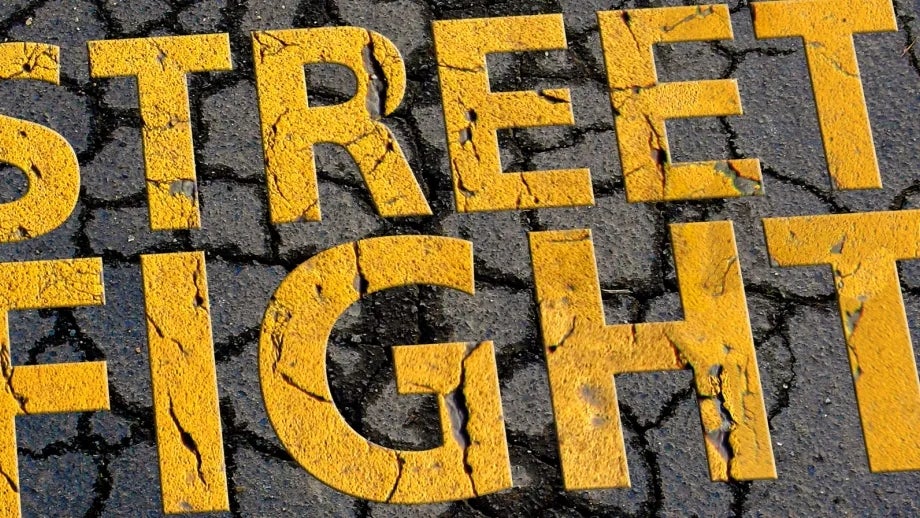Street Fight, Part 2: The Fiscal Challenge
Simple though the physical challenges may appear to be, persistent funding shortages have made progress in the effort to boost the regionwide average PCI score to 75 or higher frustratingly hard to come by. Indeed, pavement quality scores have been stuck in "fair" territory for the better part of a generation
Like the rest of the region's transportation network, our local streets and roads are experiencing both growing pains and aging pains. "Our cities and counties face a double whammy of challenges," explains Hans Larsen, Transportation Director for the City of San Jose. "We're in a region where things are growing fast, and there's a need to invest in transportation to support growth. At the same time, we have transportation systems, many of them built 50 or more years ago, that are aging and falling apart, and need investment. There are not enough dollars today to deal with either growth or maintaining what we have."
MTC estimates that city and county governments will need to spend close to $25 billion, or $875 million a year through 2040, to meet the 75-point target for the average PCI score on the region's local street and road network. This level of investment is over three times higher than the current $285 million spent annually by all sources on roadway maintenance. Fixing this fiscal pothole has long been a challenge for MTC, and for the Bay Area's nine counties and 101 cities. And as pavements continue to age and maintenance continues to be deferred, the cost of meeting this challenge is expected to rise sharply.
Unincorporated Contra Costa County, which historically has boasted some of the Bay Area's best pavement conditions, but has seen its road network's three-year moving average PCI score drop from 75 to 69 since 2011, has a maintenance backlog of about $39 million, according to Julia R. Bueren, Director of the county's Public Works Department. "In 20 years, at our current level of investment, that will be about a $6 billion backlog."
"Because we haven't had the money to take care of it," says Larsen, the City of San Jose, whose street network is the largest of any Bay Area government (more than 1,900 centerline miles and over 4,200 lane miles; or about 2,400 miles using an average 30-foot curb-to-curb street width) "has accumulated a backlog that's over $400 million and 25 percent of our streets are in poor condition. The startling reality is if we don't act now to improve it, it's only going to cost more in the future. We have projected by the year 2020 — six short years from now — our backlog will grow from $400 million to $800 million and the share of our streets in poor condition will balloon from 25 percent to 50 percent."
Unpredictable Revenue Streams
Funding for roadway maintenance typically comes from a range of sources, including the state gasoline tax, county sales taxes, and local sources such as city or county general funds, bonds and traffic-impact fees. Yet as the need for maintenance grows, the available funding from these sources generally has been shrinking in relation to the growing maintenance needs. The 18 cents-per-gallon federal excise tax on gasoline has not been raised since 1993, and the state’s base 18 cents-per-gallon gas tax has remained unchanged since 1994. Inflation erodes the impact of these revenue streams by 2 percent to 3 percent each year, with gas taxes losing more than half their purchasing power over the past two decades. And county transportation sales taxes — from which receipts tend to fluctuate dramatically based on the strength or weakness of the regional economy — typically dedicate less than 25 percent of revenues to local street and road maintenance. Against this backdrop, several local governments in recent years have taken steps to secure new revenue streams for the maintenance and repair of their street systems. The pioneering approach taken by the Contra Costa County city of El Cerrito is explored in part 5, Case Studies.
Continue reading: part 3, Many Different Roads.


Submit your comment
In order to receive a reply to your comment, please provide an email address.